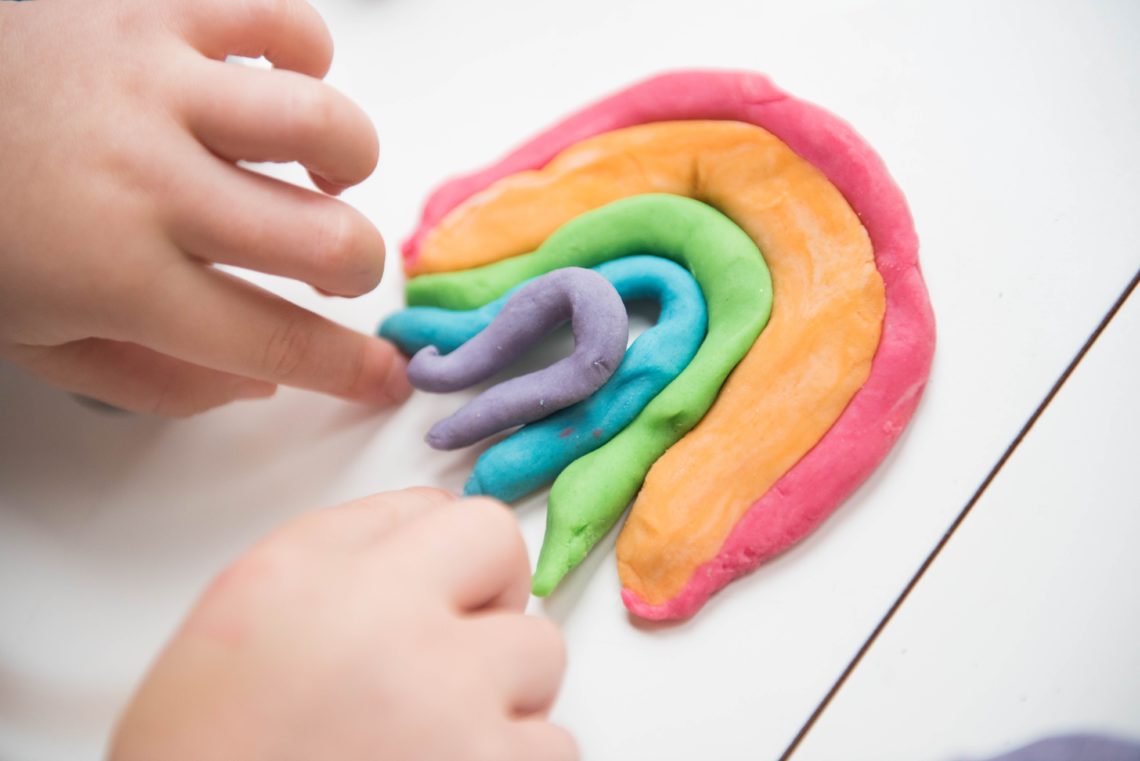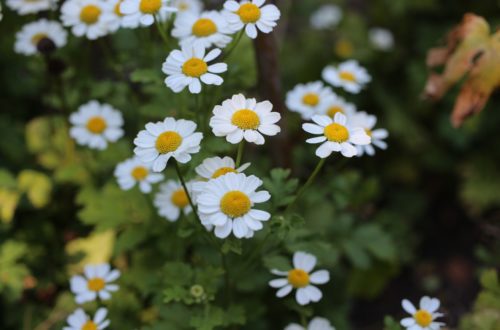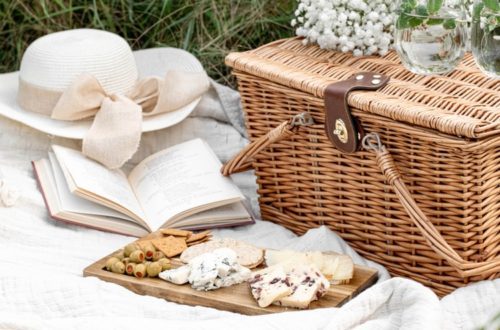This post discussing how to develop fine motor skills with playdough activities may contain affiliate links which means that I receive some small commission in return (at no extra cost to you) if you purchase through my link:)
In today’s world, it is safe to say that playdough isn’t new. I played with playdough as a child over 20 years ago, and it does not surprise me that it still hasn’t gone out of style. Play dough activities are special since they are not expensive, and they are such a great way to include sensory play in your daily lives. Not only do playdough related activities help promote creativity and cognitive development, but they also provide so many opportunities for fine motor work with your little learners.
Can playing with playdough help a child develop their fine motor skills? Yes! Playdough activities can be a wonderful tool to help children develop both their fine motor skills and even their hand-eye coordination in a fun and engaging way.
Fine motor skills are essential for a child’s overall development. These skills involve the coordination of small muscles in the hands and fingers, which is important for tasks such as writing, drawing, and using utensils. Playdough is a fun and engaging way to develop these skills. In this article, we will explore a variety of fine motor activities with playdough that can help your child enhance their skills and creativity. Also, at the end of the post, I will also include some playdough recipes that will include both natural recipes with essential oils and others with food coloring or Jello or even Kool Aid.
1. Benefits of Playdough Activities
First of all, I would like to really highlight the many benefits that are provided by simply playing with playdough. Playing with play dough has numerous benefits for your child’s development both with regards to cognitive skills and fine motor development. Some of these benefits are:
- Improved fine motor skills
- Enhanced hand-eye coordination
- Boost in creativity and imagination
- Development of problem-solving skills
- Increased concentration and focus
Just remember, playdough activities do not have to be complicated in order to provide a great sensory experience along with valuable fine motor practice. Keep it simple and fun, especially in the preschool years.
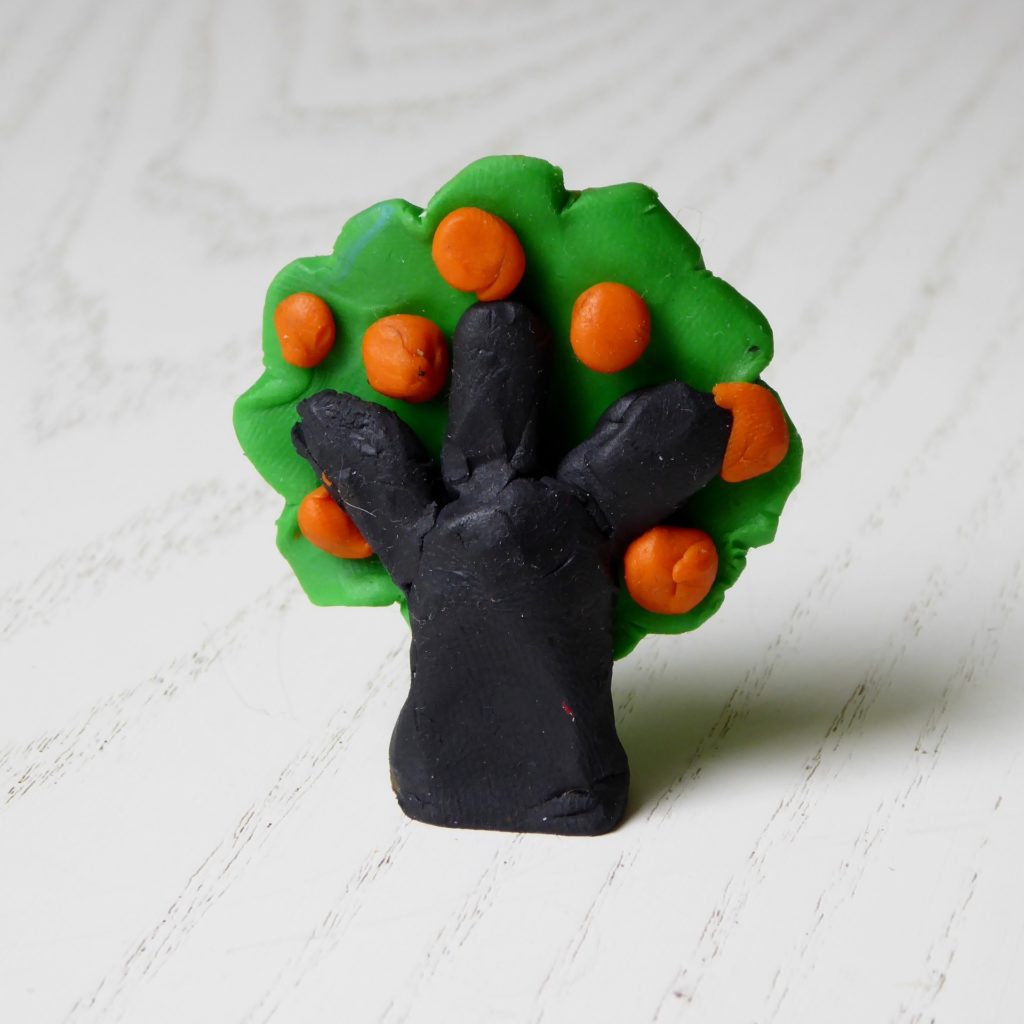
2. Basic Playdough Activities
First up, we will introduce several super simple activities that really do not require any special equipment or resources other than maybe some child-safe scissors or plastic “knives” that they can’t cut themselves with. If you would like to invest some money into your play dough play, there are several kits available on Etsy or Amazon that include a bunch of different tools and toys that children can use as they engage in these fun activities. I know it is a bit of an investment, but this set on Amazon is really cute! I will say, though, small items from around the home can do nicely, as well.
That said, here are several fine motor ideas that you can incorporate into your playdough play with young children.
Playdough Squeezing
This idea may seem self-explanatory or even common sense, but I believe it is worth noting that even this super simple activity does have benefits since it does enable little hands to practice fine motor muscles, even though the exercise is not complicated. Squeezing playdough with fingers and hands is an excellent activity to build hand strength and improve finger control. You can encourage your child to squeeze the playdough into different shapes and sizes, making it an enjoyable activity for them.
Playdough Rolling
Rolling playdough is a classic activity that can help your child enhance their hand-eye coordination and dexterity. You can provide them with rolling pins of different sizes to help them create various shapes and sizes of playdough. I would say that you could even provide them with a dull pencil that they could use to roll the playdough, as well.
Playdough Cutting
Cutting playdough with child-friendly scissors is an exciting way to improve hand and finger strength. You can guide them to make different shapes and patterns with the help of cookie cutters or plastic knives.
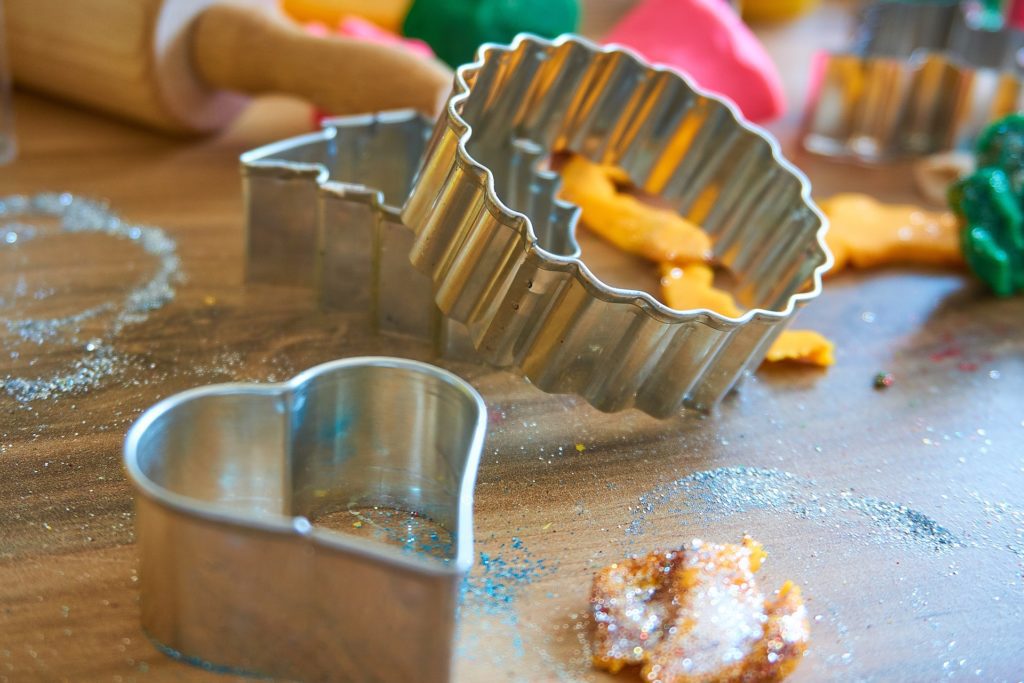
3. Advanced Playdough Activities
These activities are still not extremely complicated, but they may be more suited to children who are a little bit older. That said, it can’t hurt to encourage even very young learners to try these activities, as well.
Playdough Sculpting
Sculpting playdough allows your child to explore their creativity and imaginative play. They can create 3D structures and objects by molding playdough with their hands. This activity can help in improving hand-eye coordination and fine motor skills. Encourage them to create little play dough balls or even “play dough cookies” and “spaghetti noodles” or other familiar food items/objects from around your home or classroom.
Playdough Stamping
Stamping playdough with various objects such as cookie cutters, leaves, and flowers, can help your child develop fine motor skills and stimulate their creativity. You can provide them with various shapes and sizes of objects to make unique and creative designs. If you want to, you could even provide them with plastic animals or other small toys that they can use. Just be sure that the objects/toys are easy to clean up after they are played with.
Playdough Imprints
Making imprints on playdough is a fun and engaging activity that can help your child develop their fine motor skills. You can use various objects to create impressions on the playdough such as toy cars, animals, and leaves, which will enhance their imagination and creativity. I would also encourage you to point out all the different textures to your young learners.
Playdough Mats and Sensory Trays
Play dough mats are such a great resource for practicing things like math skills or even just eye-hand coordination. There are many playdough mats that are available for free online, but there are also some top-notch playdough mats available on Etsy or Amazon.
Additionally, you could also incorporate playdough in a full on sensory bin like this lovely one by The Kindergarten Connection (link HERE).
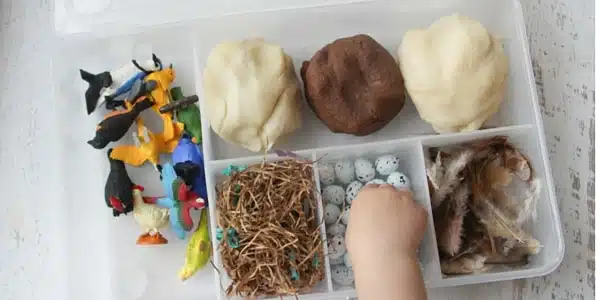
5. Playdough Recipes
Lastly, I wanted to provide you with several recipes you can use to make your own homemade playdough. If you want to include your kids of all ages in these activities, you could even have them help with making the play dough in the first place. Homemade play dough does not have to be complicated, and it is a great activity for a rainy or cold day.
That said, here are six different play dough recipes that you can use today.
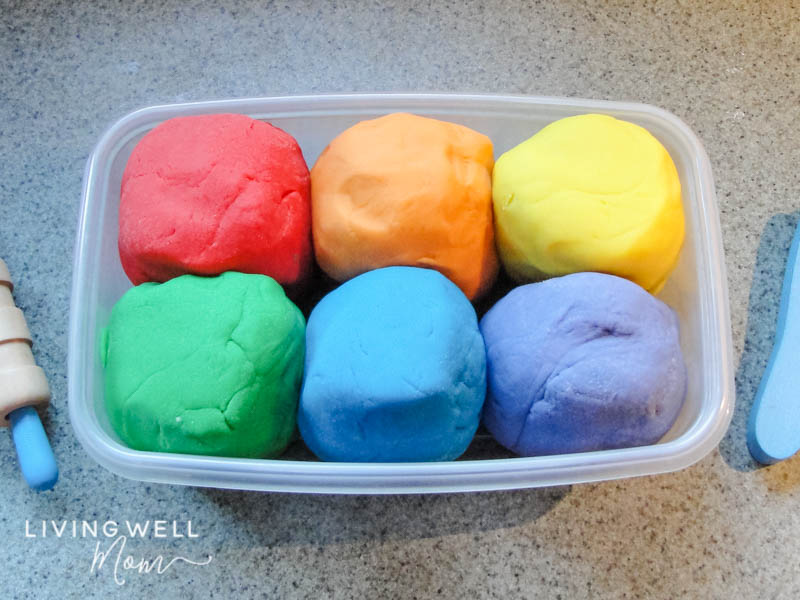
This recipe is super simple and has only 6 ingredients if you include the food coloring.

If you want the playdough to have fun smells, you can add the jello packets instead of food coloring!
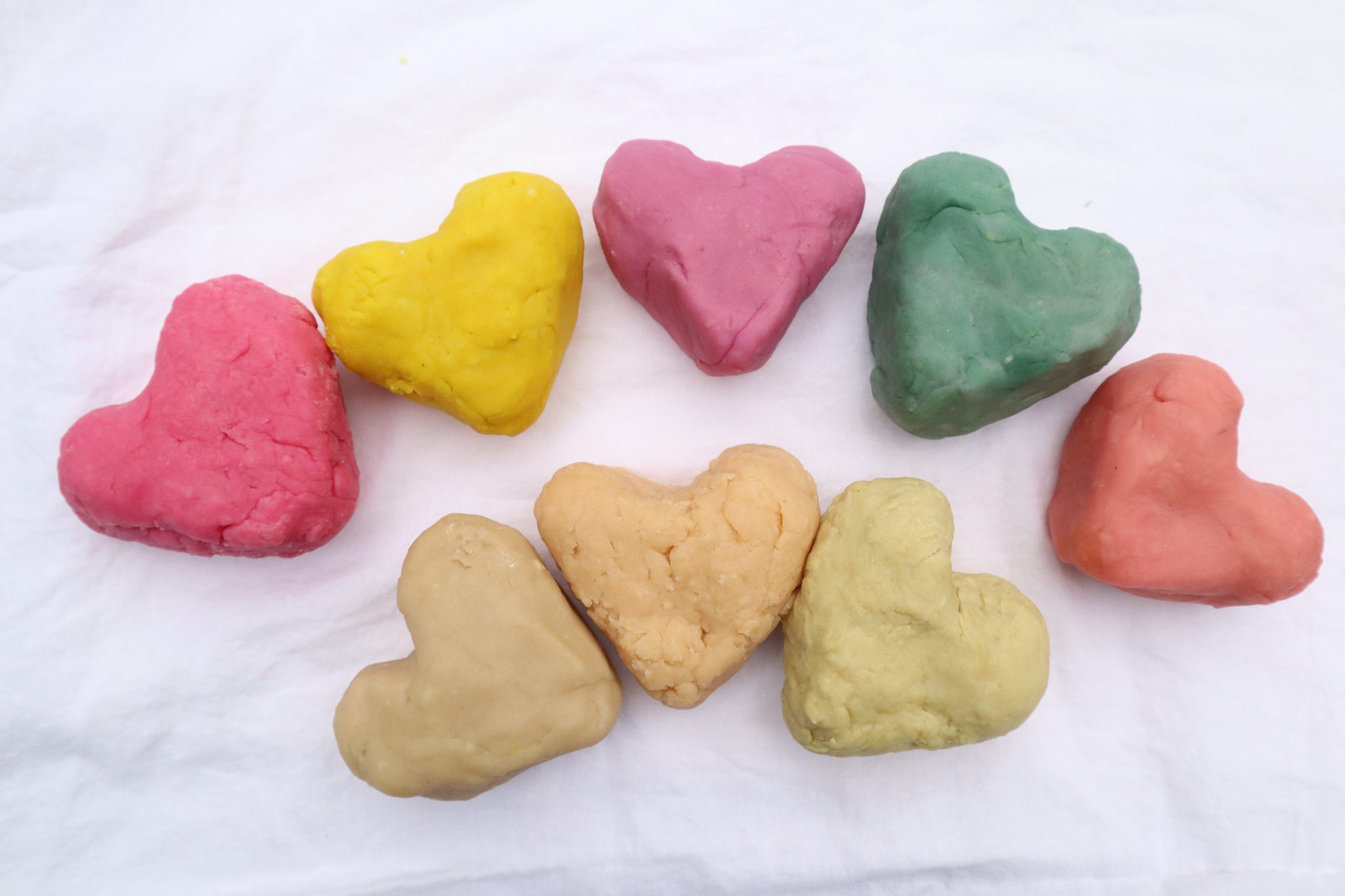
This playdough recipe is fun since it uses all different things to dye the play dough naturally.
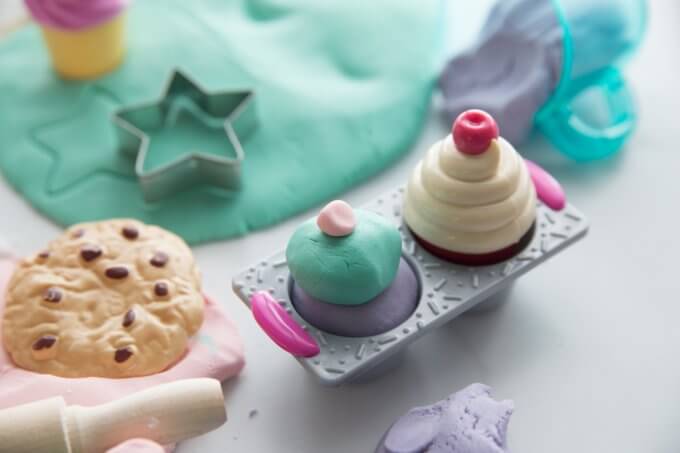
This recipe is super fun since it is specifically made to be edible. I think it would be neat to combine some of these recipes!

I’m not going to lie, this playdough is probably my favorite since it is simply so pretty! Not only that, but it would smell lovely, as well. Additionally, you could really add any essential oil to this recipe or even an essential oils blend to make the dough smell special.
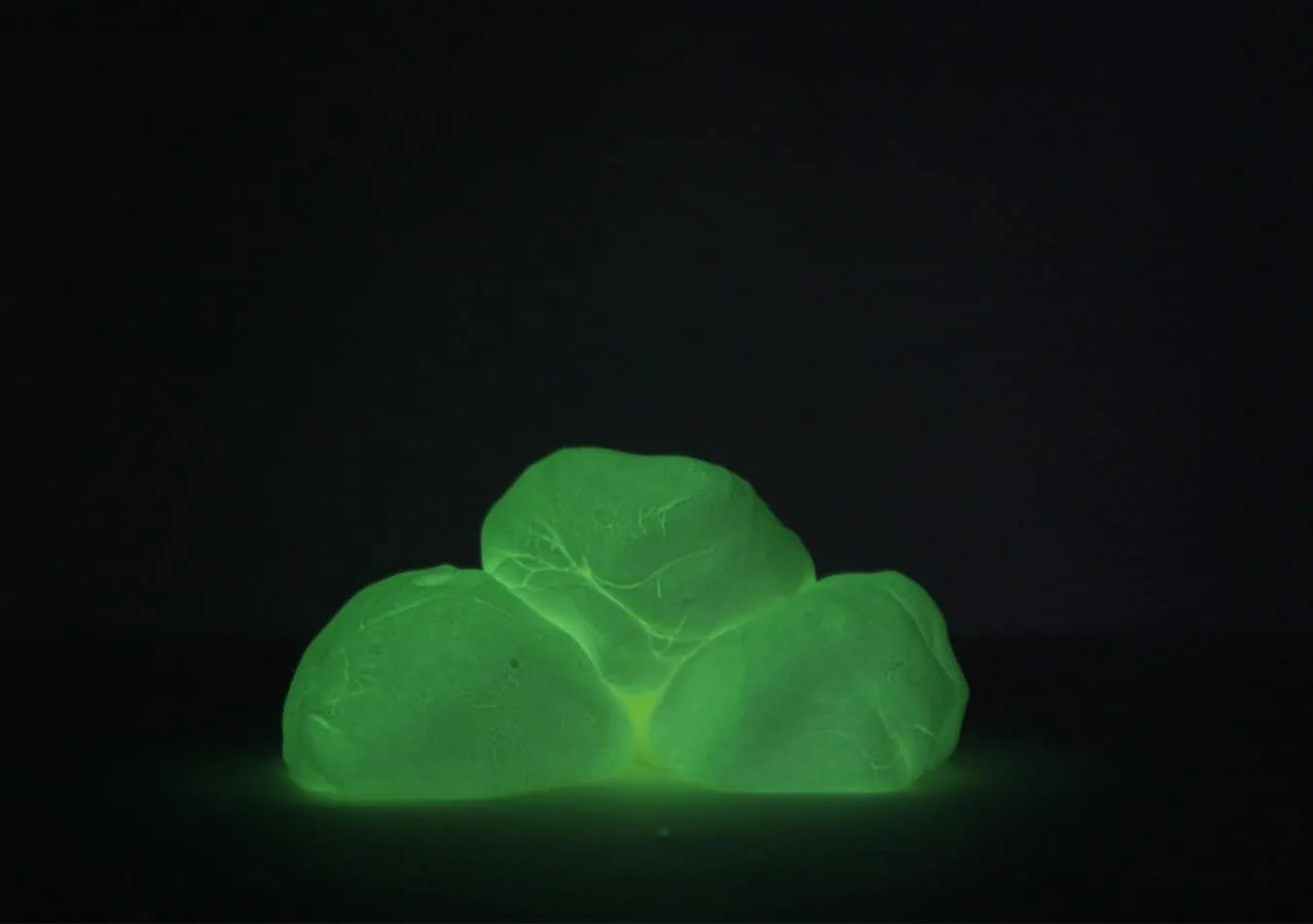
Last but not least, this recipe includes glow in the dark paint in it that you can use to really add some fun creativity to your playdough activities.
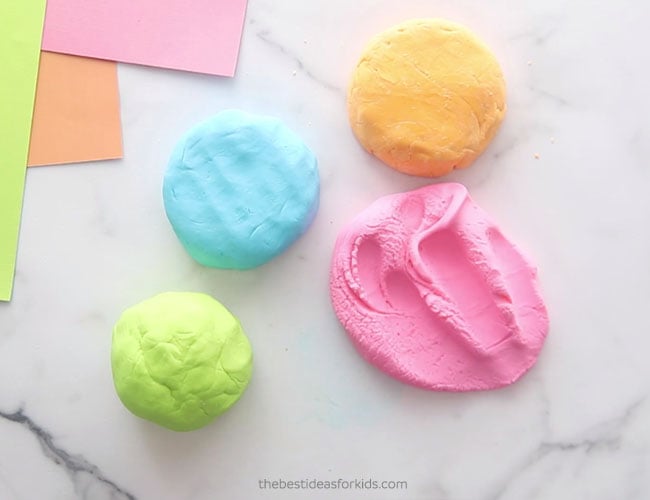
This recipe is kind of a bonus since it isn’t technically “playdough.” In fact, it is actually considered “cloud dough” and is even simpler to make than the other recipes. This cloud dough only has two ingredients other than food coloring which is only necessary if you want the dough to be different colors.

In conclusion, playdough is an excellent tool to enhance your child’s fine motor skills and creativity. The activities mentioned in this article are not only fun and engaging, but they also offer several benefits for your child’s overall development. We hope that this article has provided you with valuable insights on how to use playdough to improve your child’s skills and creativity.
If you are looking for more playdough activities, check out this round-up post I wrote with spring playdough trays and mats!
Spring Playdough Trays and Mats Collection
Have you ever made your own playdough?
What is your favorite recipe or playdough activity?
Let me know in the comments below!
Until next time
![]()

